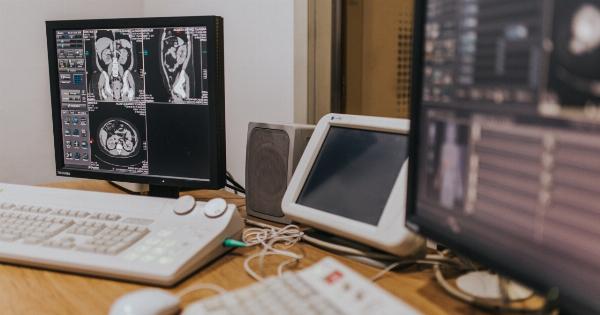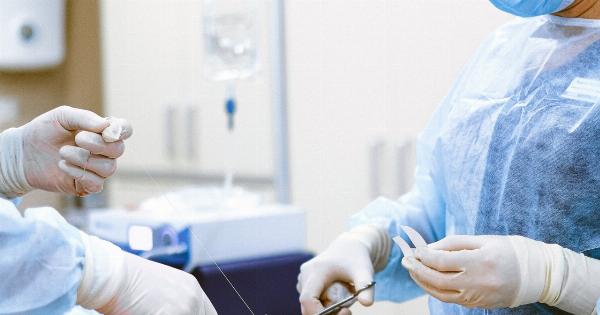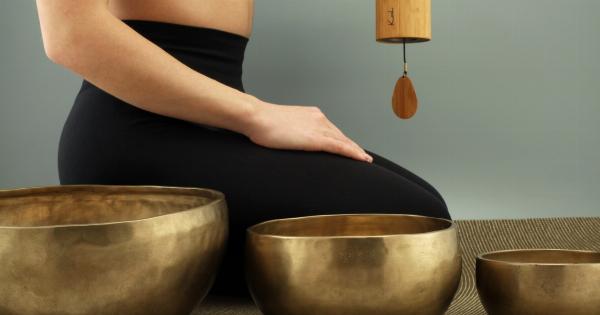The perineum is a highly sensitive and essential area of the body that requires proper care to maintain optimal health.
Made up of muscles, skin, and connective tissue, the perineum is located between the vagina and the anus in women and between the scrotum and anus in men.
In this comprehensive guide, we’ll cover everything you need to know about perineal health, including its anatomy, hygiene, common conditions, and available treatments.
Perineal Anatomy
In women, the perineum refers to the area between the vaginal opening and the anus. It includes the labia majora, labia minora, clitoris, vaginal opening, and perineal body.
The perineum also contains important muscles such as the pubococcygeus (PC) muscles, which make up the pelvic floor.
In men, the perineum is the area between the scrotum and the anus. It contains the bulb of the penis, the corpus spongiosum, and the perineal body. The perineal muscles in men include the bulbocavernosus and the ischiocavernosus muscles.
Perineal Hygiene
Maintaining proper hygiene in the perineal area is vital to prevent infections and other issues. Here are some tips on perineal hygiene:.
- Clean the area with warm water and mild soap daily.
- Wipe from front to back after using the bathroom to avoid transferring bacteria from the anus to the vagina or urethra.
- Use unscented and gentle products on the area to avoid irritation.
- Avoid using douches, perfumes, or other harsh products that can disrupt the natural pH balance of the area.
- Wear clean and breathable underwear.
- Avoid tight-fitting clothes that can trap moisture and lead to irritation or infection.
Perineal Conditions
There are several perineal conditions that can develop due to various factors. Some of the most common conditions include:.
Perineal Tear
A perineal tear is a common injury that can occur during childbirth when the perineum stretches or tears to allow the baby to pass through the birth canal.
Depending on the severity of the tear, it may require stitches, pain management, and proper care to heal.
Episiotomy
Episiotomy is a surgical cut made in the perineum during childbirth to help the baby pass through the birth canal more easily.
While episiotomy used to be a common practice, it is now typically only performed when necessary as studies have shown it can cause more harm than good.
Urinary or Fecal Incontinence
Urinary or fecal incontinence can be a result of weakened or damaged pelvic floor muscles that support the bladder, urethra, vagina, and rectum. This condition can lead to embarrassment, discomfort, and other complications.
Pelvic Pain
Pelvic pain can be caused by various factors, including infections, endometriosis, pelvic organ prolapse, and nerve damage. Symptoms may include discomfort, pain during intercourse, and difficulty performing daily activities.
Perineal Treatments
There are several treatments available for perineal conditions, depending on the severity and underlying cause. Here are some common treatments:.
Kegel Exercises
Kegel exercises can help strengthen the pelvic floor muscles and improve symptoms of urinary or fecal incontinence. These exercises involve contracting and relaxing the muscles in the pelvic floor.
Vaginal Rejuvenation
Vaginal rejuvenation is a non-invasive or minimally invasive procedure that can help improve symptoms of dryness, laxity, and discomfort.
These procedures typically involve the use of lasers or other energy-based devices to stimulate collagen production and improve the overall appearance and function of the area.
Surgery
Surgery may be necessary to address more severe conditions such as pelvic organ prolapse, perineal tears, or nerve damage. Procedures may include reconstructive surgery, nerve stimulation, or support devices to improve pelvic floor function.
Conclusion
Perineal health is essential for overall health and wellbeing.
By understanding the anatomy of the perineum, practicing proper hygiene, and seeking proper treatment for any conditions that arise, individuals can maintain optimal perineal health for a better quality of life.




























